Risk zones: pushing the planet
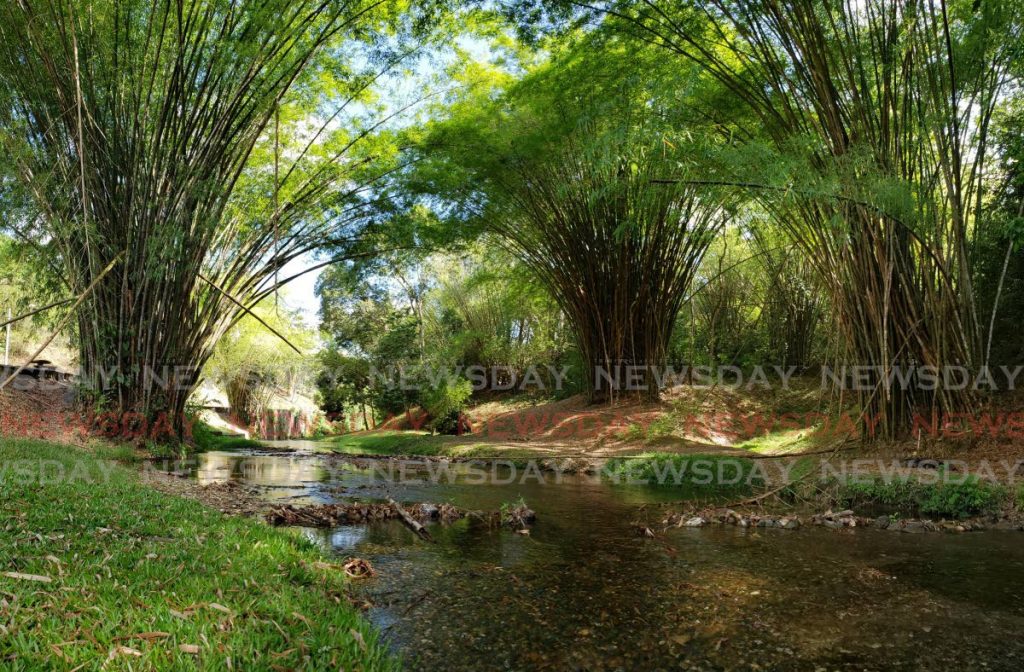
Dr Anjani Ganase considers the planetary boundaries that allow human expansion, civilisation and existence.
Last year, I reported on the planetary boundaries that should not be exceeded for human civilisation to continue in the way we’ve known. The last report was produced in 2015, and this year the results have been updated with new information collected over the last eight years. The latest study highlights nine planetary boundaries, six of which are currently being transgressed. All nine components must occur within safe operating zones for humanity.
What you need to know:
All planetary boundaries refer to conditions that have significance for the environment that supports human well-being.
Three main zones have been defined: zone of safe operation, zone of increasing risk, and zone of high risk. The latter two zones indicate conditions that exceed the planetary boundary. The planetary boundary has a baseline of the Holocene epoch (before the industrial revolution) which represents a window of about 11,000 years of highly stable environmental and biological conditions when human civilisation occurred without significantly altering the planet.
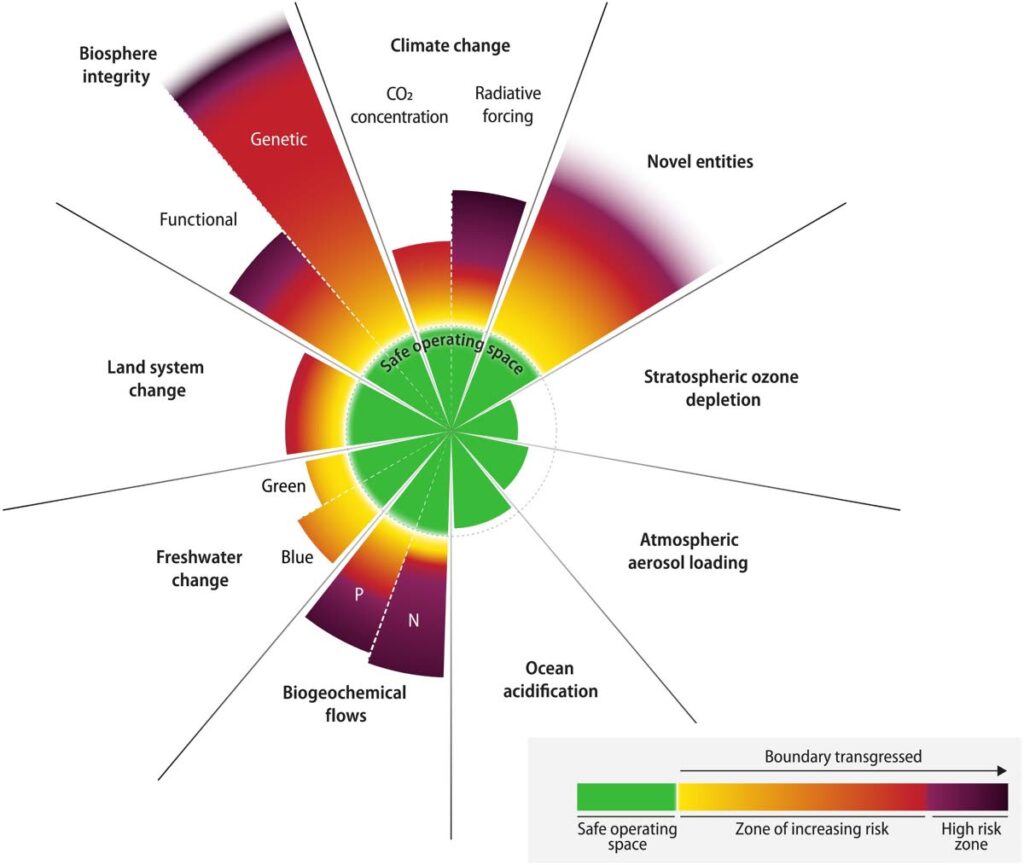
During this period, the global temperature never varied more than 0.5C. In contrast, over the last 100 years since the advent of the industrial revolution, human activities have been rapidly altering planetary conditions, with climate change being one that rapidly deviates from Holocene conditions, such as 1.3C temperature rise since pre-industrial conditions just over 100 years ago.
High risk: where we are failing
Here are the planetary components that occur in the zone of high risk (boundaries have been transgressed with significant departure from baseline values:
Biosphere integrity
The biosphere (the living natural world) co-evolved with the geo-physical world. Scientists measure biosphere integrity by genetic diversity and function. Higher integrity refers to the biosphere’s ability to adapt genetic diversity and maintain ecological function in response to a changing physical and chemical environment.
Such adaptations are critical when considering food production, disease control and plant and microbes that form critical life-supporting functions.
We measured biosphere integrity by the rate of extinctions and loss of genetic diversity. Currently, the extinction rate is 100-1,000 times the baseline.
This is largely driven by human activities, such as land clearing, exploitation and habitat transformations.
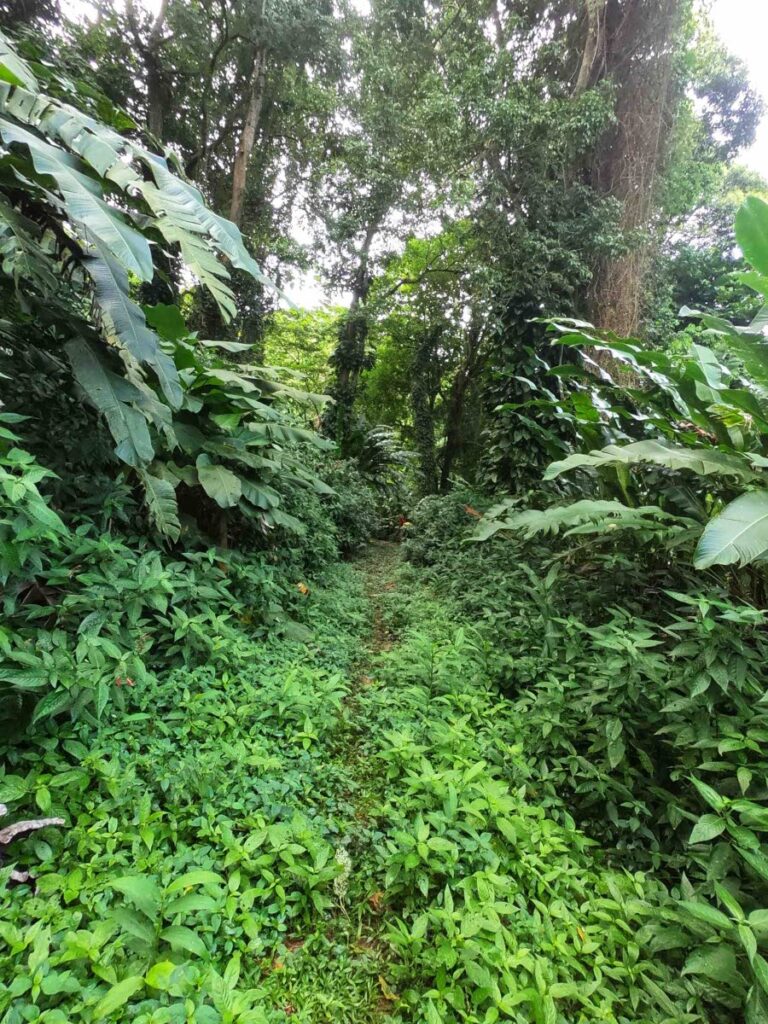
An updated measure of biosphere integrity is the measure of net primary production (NPP) or biomass created from photosynthesis to support food webs. Humans have used 30 per cent of the NPP for our own use, drawing away from the natural systems.
Human use was closer to five per cent in the Holocene.
We are currently well beyond the zone of safe operation and in the zone of high risk, considering the significant biodiversity loss and energy use by humans.
Climate change
Climate change measured our greenhouse-gas emissions and the changes to albedo conditions (the reflection of light and heat by ice and snow in the polar regions).
The latest study states that 350 parts per million (ppm) of carbon dioxide is a suitable planetary boundary, given the severe consequences of exceeding a 1.5C rise.
Preindustrial conditions were as low as 280 ppm carbon dioxide. Today, we are exceeding with emissions at 417 ppm.
The warmer conditions contribute to sea-ice loss. which in turn exacerbates the warming conditions of the planet. We have observed rapid sea-ice loss both in the Arctic and Antarctic.
The impacts of climate change are apparent even in the most remote places in the world, with heatwaves, severe storms and melting ice caps, and the spread of diseases in both wildlife and humans.
Biogeochemical flows refer to chemical pollution that exists in our waterways and oceans with a specific focus on nutrient pollution (nitrogen and phosphorus) that leaches from pastural and agricultural lands, or is dumped directly by households into storm drains and waterways.
Nutrient pollution results in eutrophication and anoxic waterways.
Currently, the phosphate concentrations released in the ocean are twice the boundary value, while in some regions the concentrations may be even higher. Nitrogen levels also exceed the planetary limits.
Novel entities
Novel entities is a new addition to the planetary components that refers to the introduction of any novel chemicals to the earth’s system. These are a variety of chemicals from endocrine disruptors, radioactive material, microplastics, to genetically modified material (any material that alters the natural evolutionary pathway).
Today, there are currently over 100,000 chemicals released into the environment, with little understanding of the consequences of their persistence in the natural environment, especially given the potential interactive or cocktail effects.
Two well-known examples of the damaging impacts of novel entities are DDT insecticide (toxic to wildlife and humans) and chlorofluorocarbon (CFC) gases (which resulted in ozone depletion).
As no novel entities existed in the environment before significant human development, the baseline value is zero.
Given this baseline, and potential severity of impacts, the planetary boundary for novel entities has been transgressed and safe limits surpassed.
Boundaries breached
The following two components are in the zone of increasing risk, meaning that the planetary boundaries have been breached.

Land change systems refers to changes in three major terrestrial biomes – tropical rainforest, temperate forest, and boreal forests, which regulate climate, water and energy resources. Tropical forests have significant consequence to the water cycle and biodiversity.
With no new data since the 2015 study, the study shows we have about 60 per cent intact forest remaining. However, a 75 per cent global average for intact forest is needed to maintain biodiversity and climate conditions.
Continued loss of forests is expected. However, reforestation will mitigate climate change.
Freshwater use refers to how we consume/impact the freshwater from rivers, lakes, reservoirs, and groundwater also known as blue water. In the new study, green water – water stored in soils – has been considered. The updated study highlights that the current consumption or deviation of freshwater systems has been exceeded already for over a century. Currently 18.2 per cent of the blue water and 15.8 per cent of green water systems around the world are disturbed.
Barely safe for now
The last three components continue to occur within the safe operating zones for now:
Ocean acidification refers to the shift in the chemical condition of the ocean as the result of absorption of carbon dioxide. This results in impairments in biological function, such as the formation of calcium carbonate skeletons or for growth or reproduction.
Impacts of ocean acidification are already being seen in the shellfish industries in the temperate oceans.
We may be functioning within relatively safe limits, but are nearing the zone of high risk as climate change continues.
Ozone depletion refers to the loss of the ozone layer because of ozone-depleting chemicals – CFCs. After the ban on these chemicals, the hole in the ozone has been repaired and therefore this action occurs safely within the planetary boundary.
There are a few places that exceed the limit during certain times of the year, such as Antarctica during the austral spring.
Atmospheric aerosol loading refers to air pollution largely because of the natural and human-produced particulates – dust, soot, and other chemicals such as sulphates, carbon, and nitrates from fossil fuel combustions – which have increased.
Such emissions have direct impacts to human health and monsoonal rainfall activities.
The Sahara Desert is the biggest depositor of aerosols since 1750. During the Holocene, the Sahara was much more vegetated. The IPCC AR6 has noted the global decline in monsoonal precipitation from the 1950s-1980, which was largely related to the increase in aerosol emissions driven by human activities in the northern hemisphere.
While most of the planetary components were assessed in isolation, scientists acknowledge that many interact with each other and are likely to drive changes in other components. We need to realise that our planet is an integrated whole and imbalances created by one species affect everything else.
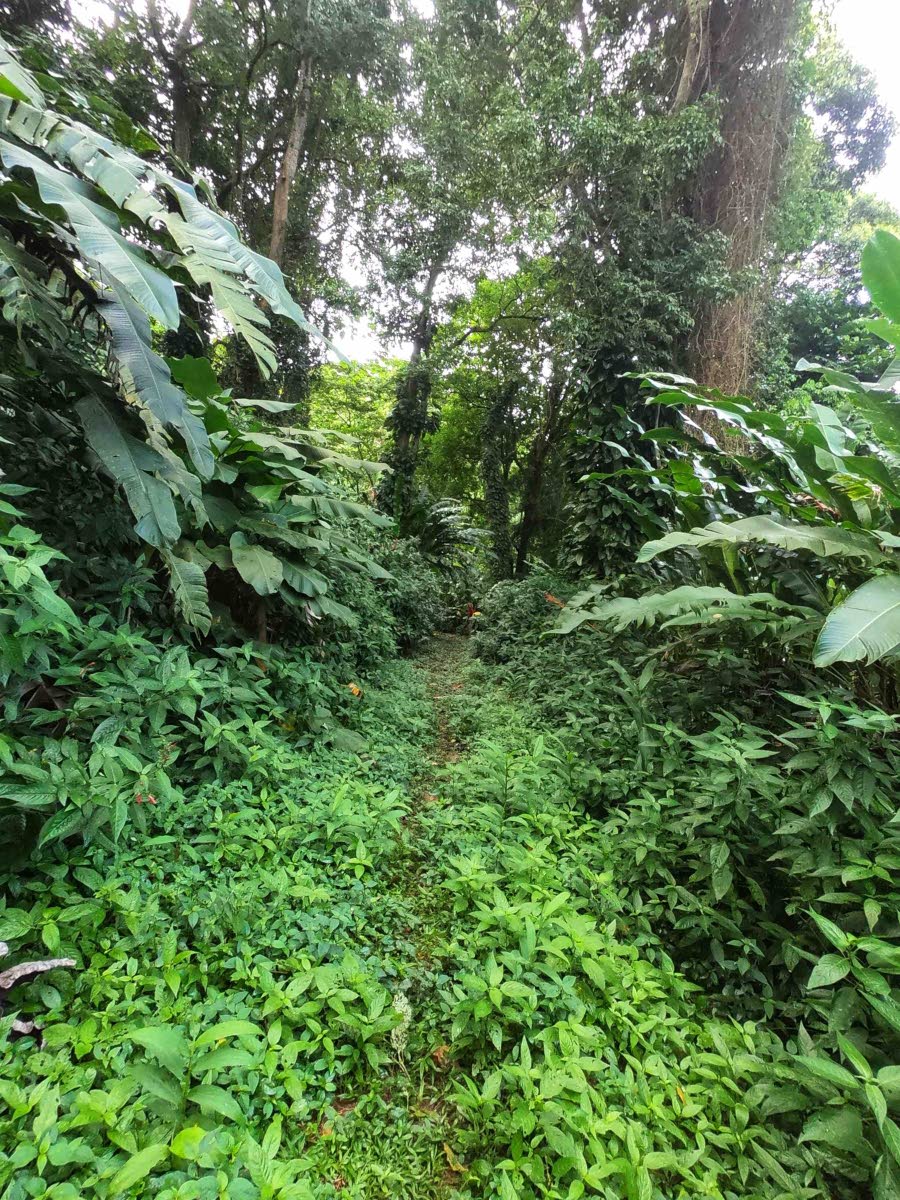
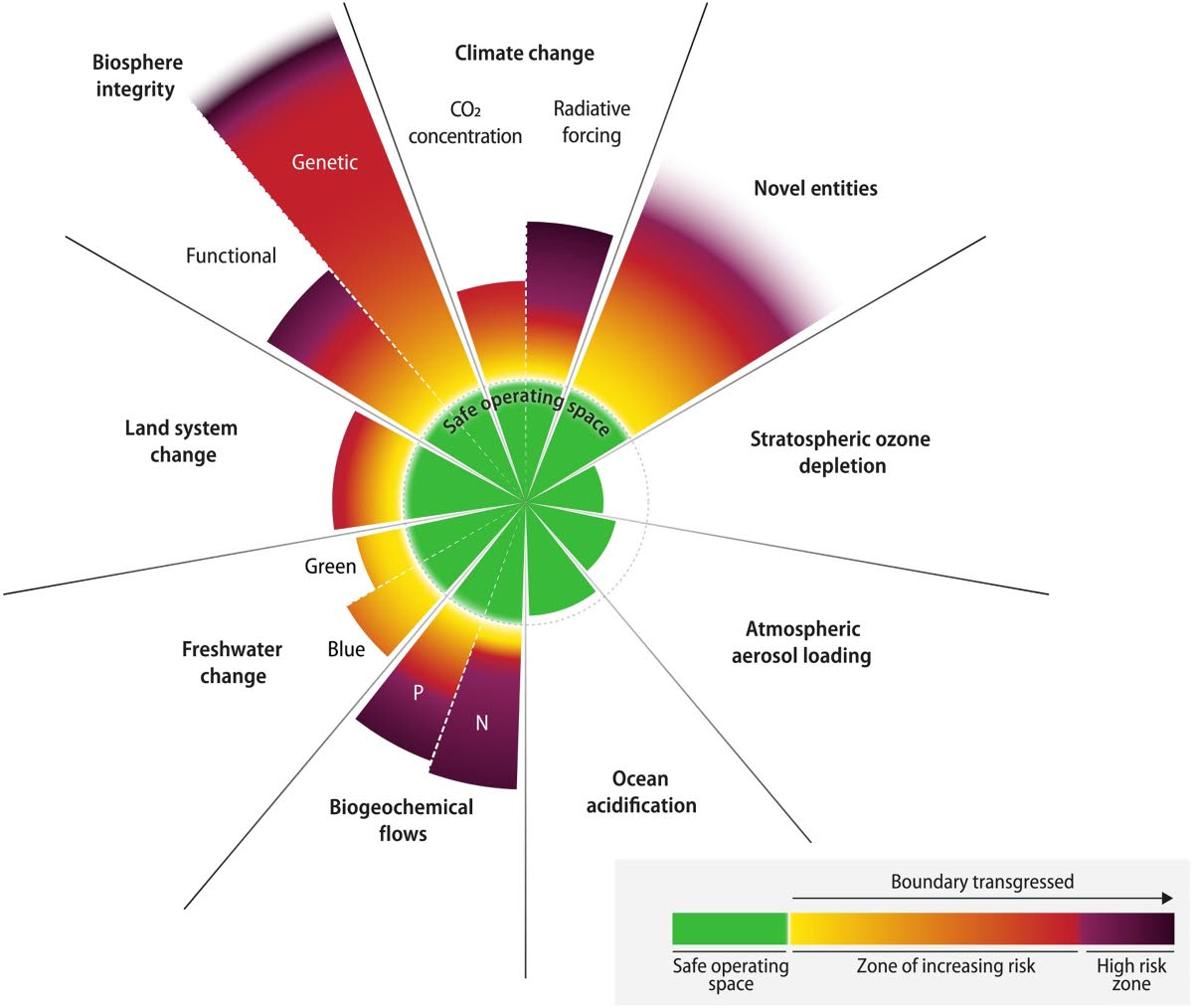
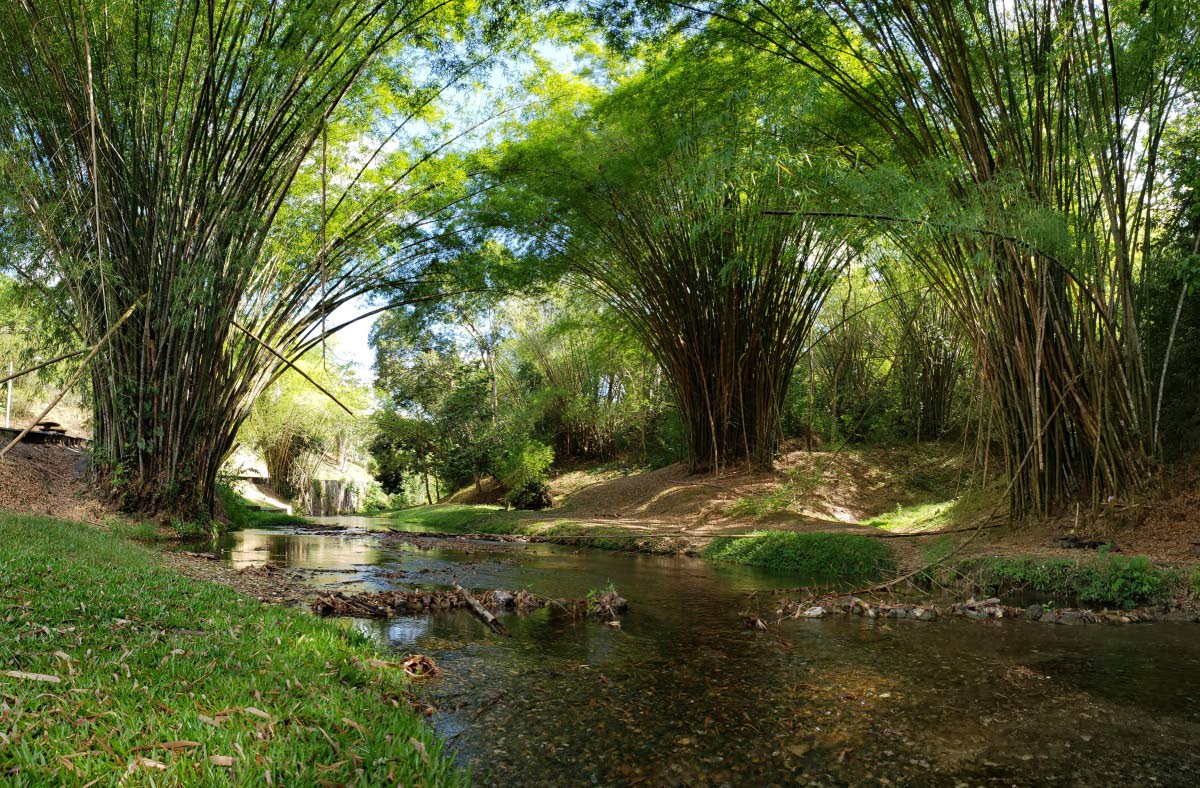


Comments
"Risk zones: pushing the planet"